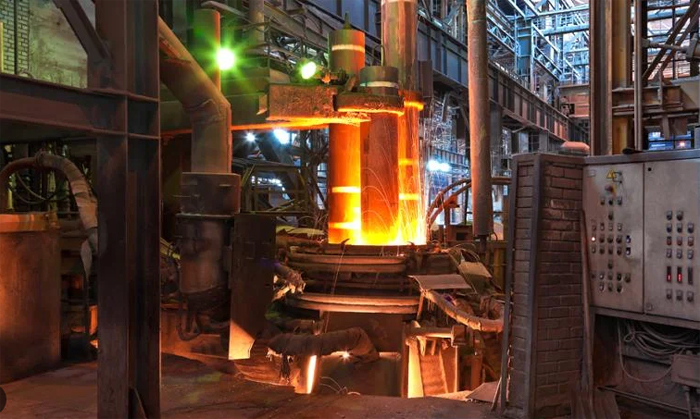
The realm of steelmaking is a delicate dance of chemistry, temperature, and precision. As industries strive for higher quality and efficiency, the integration of calcium into the steelmaking process has emerged as a powerful tool for optimization. This article explores how calcium contributes to the enhancement of the steelmaking process, from refining to final product quality.
Calcium's affinity for sulfur makes it an invaluable asset in the desulfurization of molten steel. By introducing calcium-based agents, such as calcium silicon (CaSi) alloys, during the refining stage, the sulfur content is reduced through the formation of calcium sulfide. This process improves the steel's ductility and toughness while minimizing defects that could compromise its integrity.
Precision Deoxidation for Consistent Results
Deoxidation is a critical step in steelmaking to remove oxygen and prevent undesirable oxide inclusions. Calcium is an efficient deoxidizer that forms calcium oxide (CaO) when added to the melt. This oxide forms a stable slag, capturing impurities and maintaining consistent deoxidation levels. The result is a controlled process that yields homogenous, high-quality steel.
The introduction of calcium also influences the grain structure of steel. By promoting nucleation sites for crystal growth, calcium contributes to grain refinement, yielding smaller and more uniform grains. This enhances the steel's mechanical properties, making it stronger and more resistant to fatigue. This refinement is particularly beneficial in applications where resilience is paramount, such as structural components and machinery parts.
Inclusion Modification for Improved Properties
Inclusions, tiny non-metallic particles, can impact steel's mechanical properties. Calcium reacts with these inclusions, altering their composition and morphology. This modification results in inclusions that are less detrimental to the steel's performance, leading to increased toughness, reduced brittleness, and enhanced resistance to fracture and wear.

The incorporation of calcium into the steelmaking process also aligns with energy efficiency goals. Calcium's role in deoxidation and desulfurization reduces the energy required to refine steel, leading to lower emissions and a smaller carbon footprint. Additionally, the improved product quality minimizes the need for rework and the associated energy-intensive processes.
Balancing Act: Achieving Optimal Calcium Content
While the benefits of calcium integration are clear, achieving the right balance is crucial. Excessive calcium can lead to detrimental effects on steel properties, including increased brittleness and reduced formability. Precise control over the calcium content, as well as its distribution and reaction kinetics, is essential for achieving the desired results and maintaining steel quality.
As steelmaking evolves to meet the demands of modern industries, the role of calcium in process optimization becomes increasingly evident. From catalyzing desulfurization to facilitating precise deoxidation, grain refinement, and inclusion modification, calcium's influence on the steelmaking process enhances product quality and mechanical properties. Moreover, the alignment with energy efficiency and environmental considerations positions calcium as a key player in sustainable steel production. Balancing its integration requires careful consideration, but the benefits it bestows upon steel quality and industry practices make it a worthwhile investment in the pursuit of superior steel products.

Write a Message